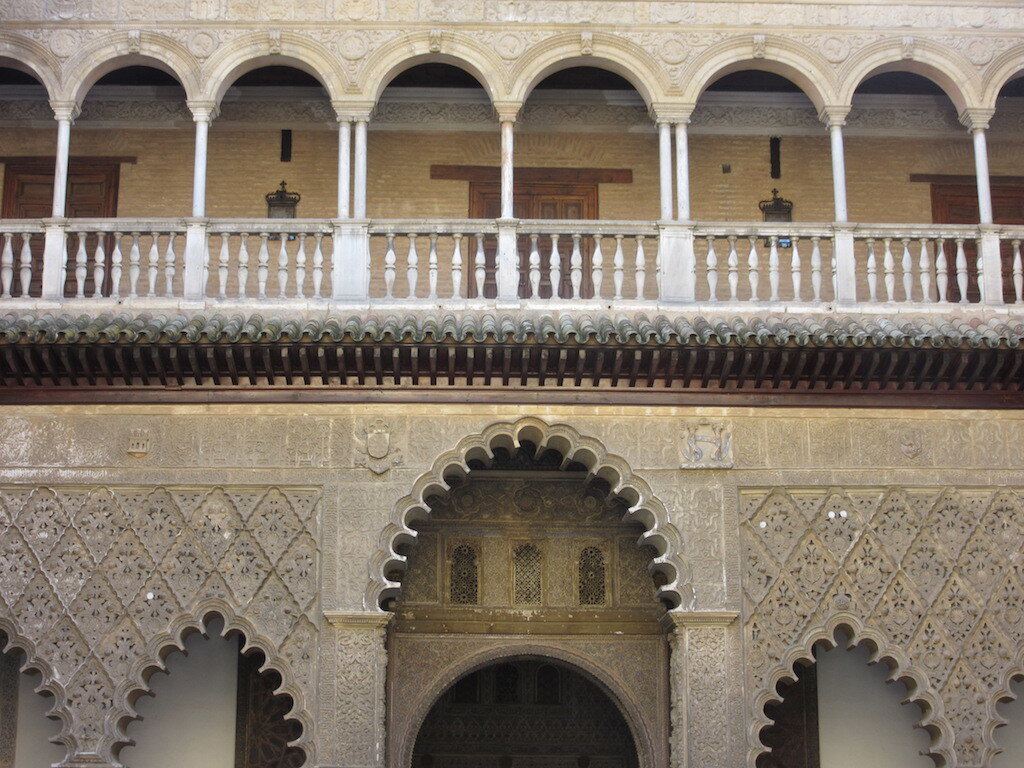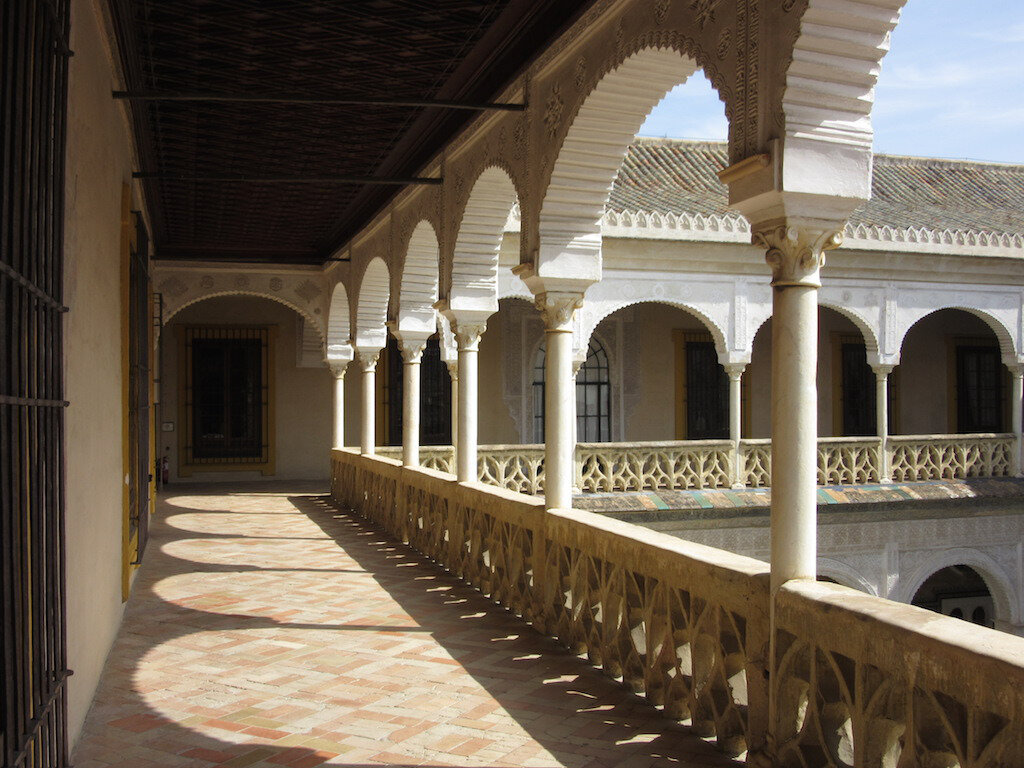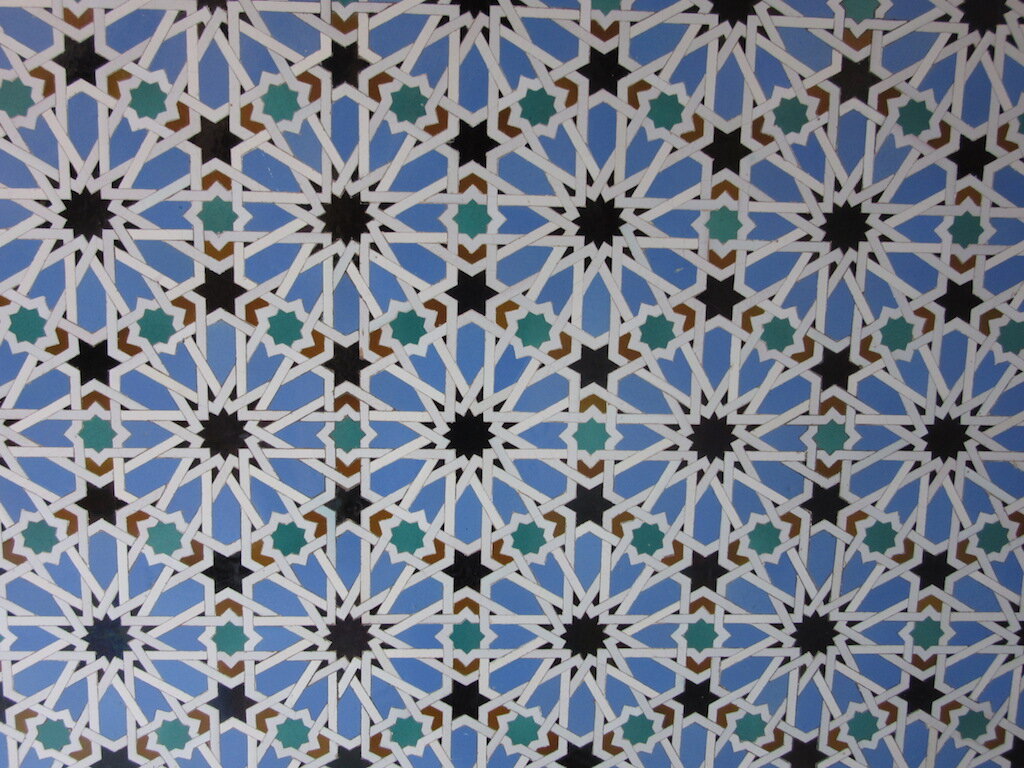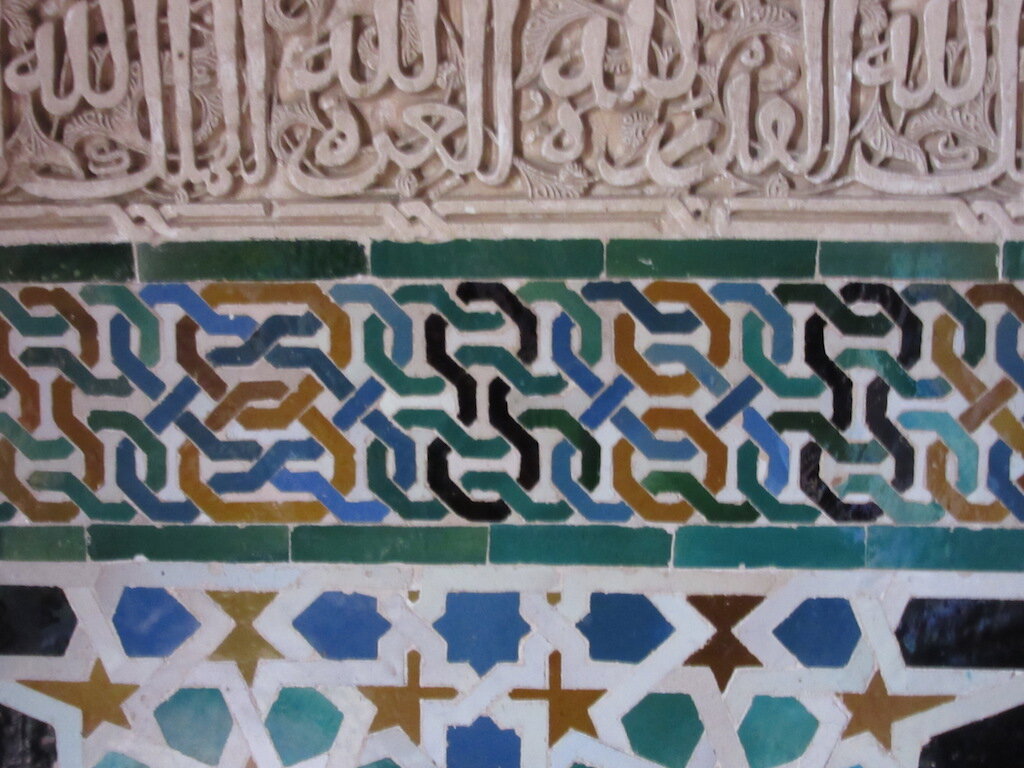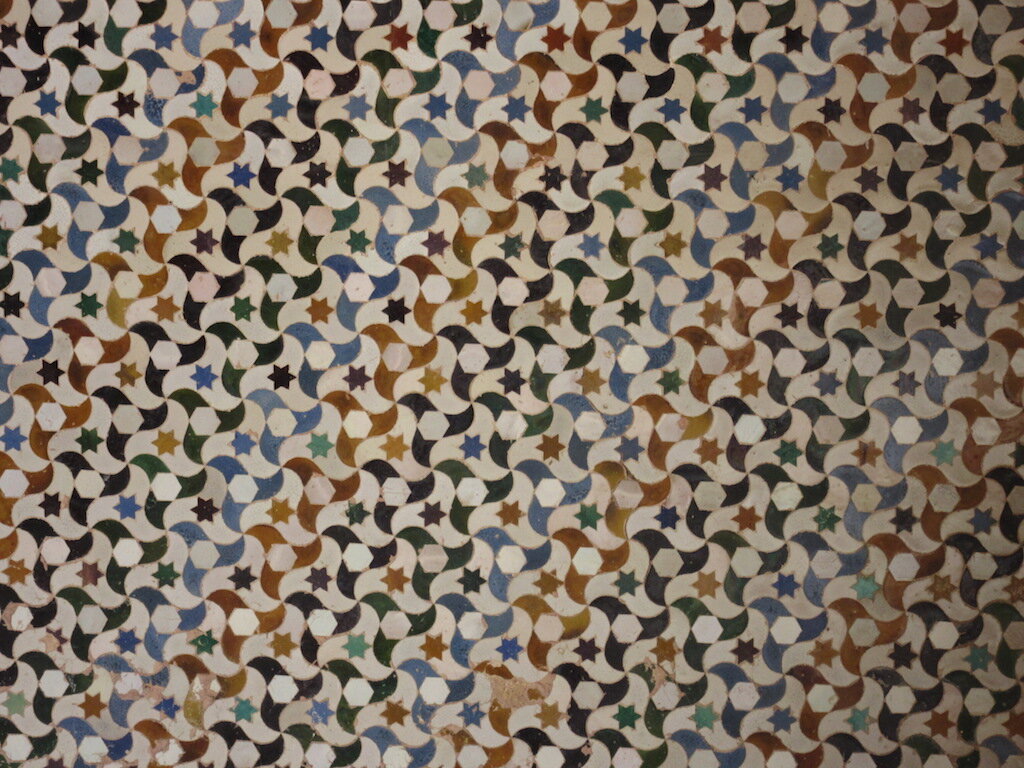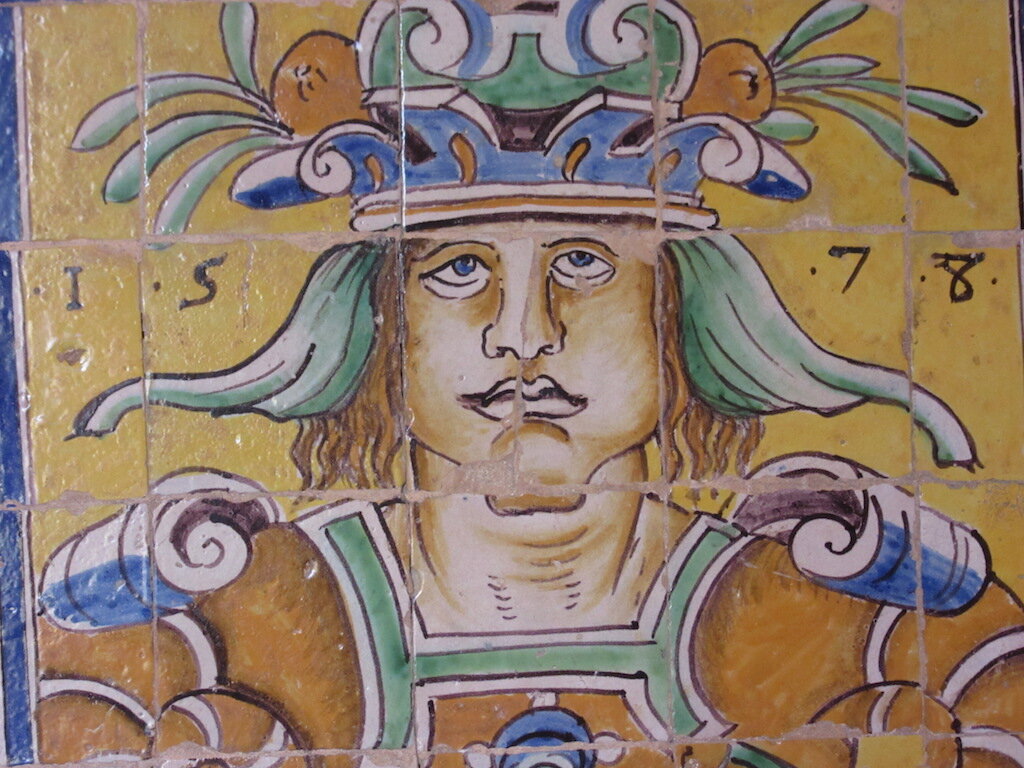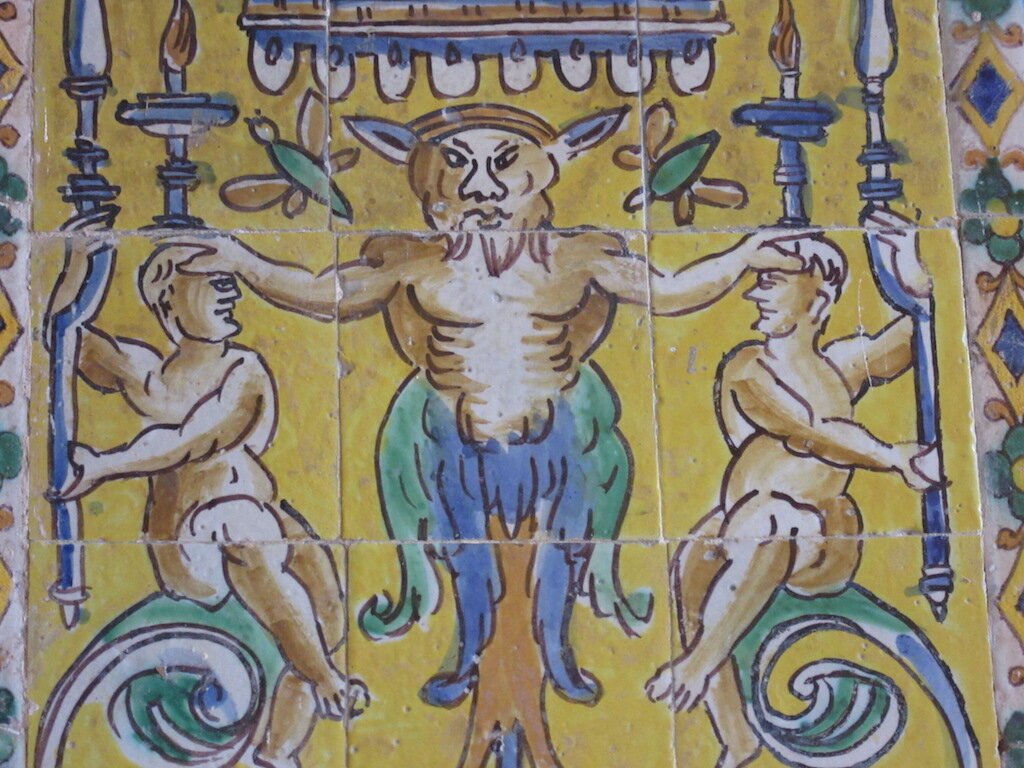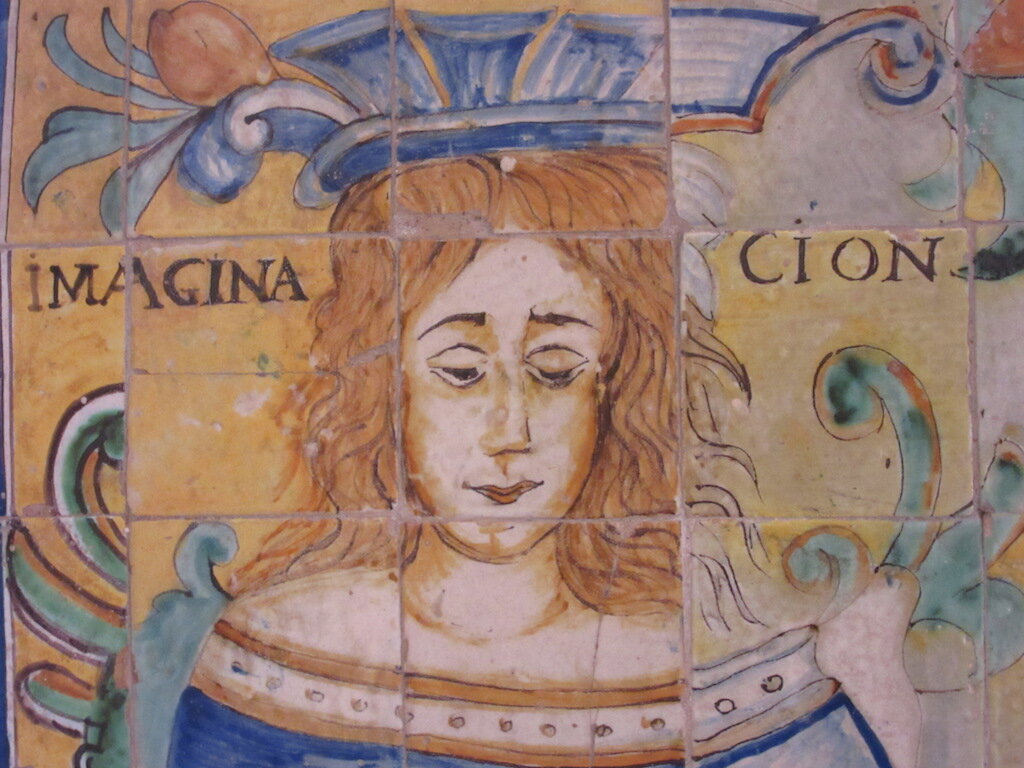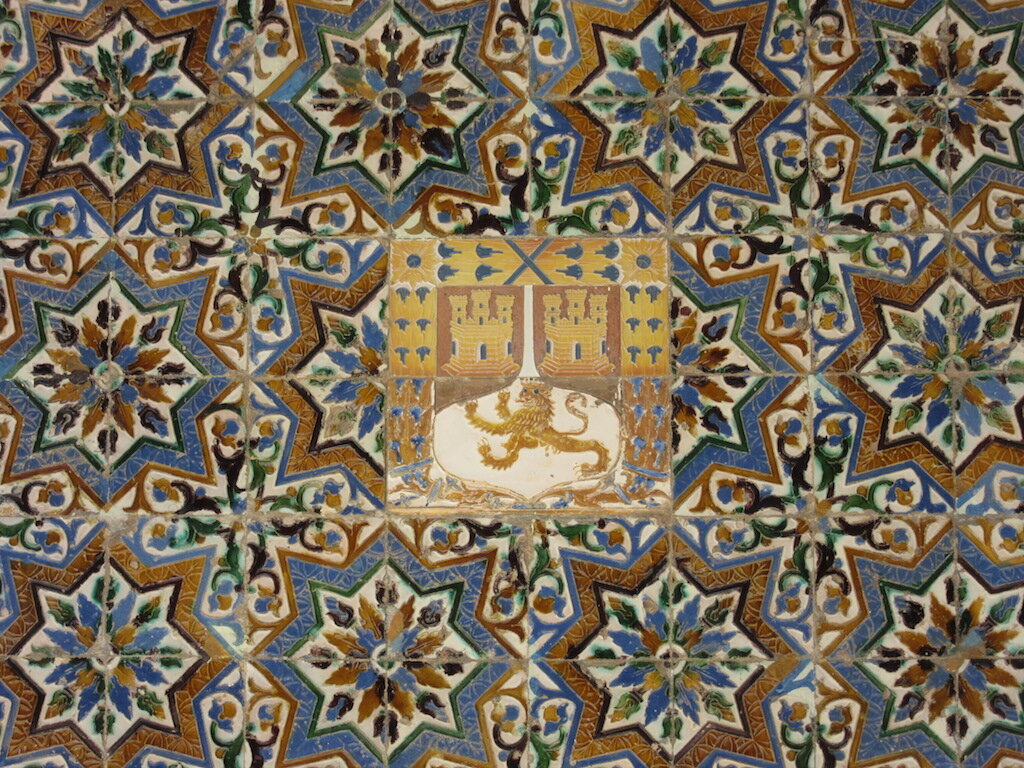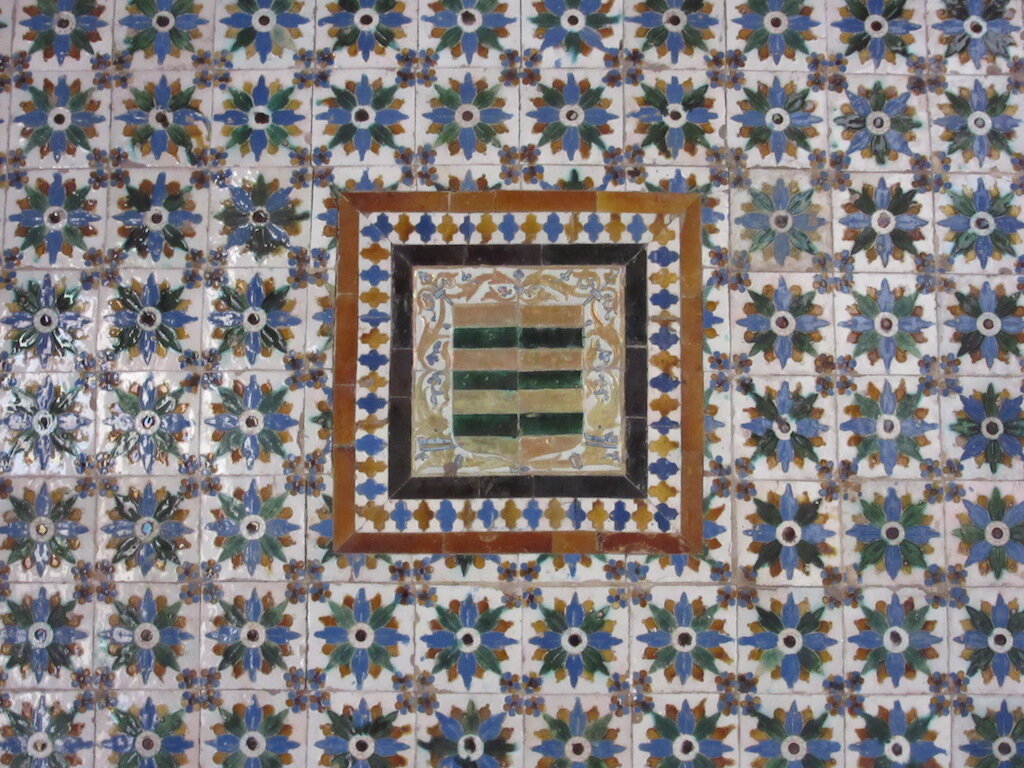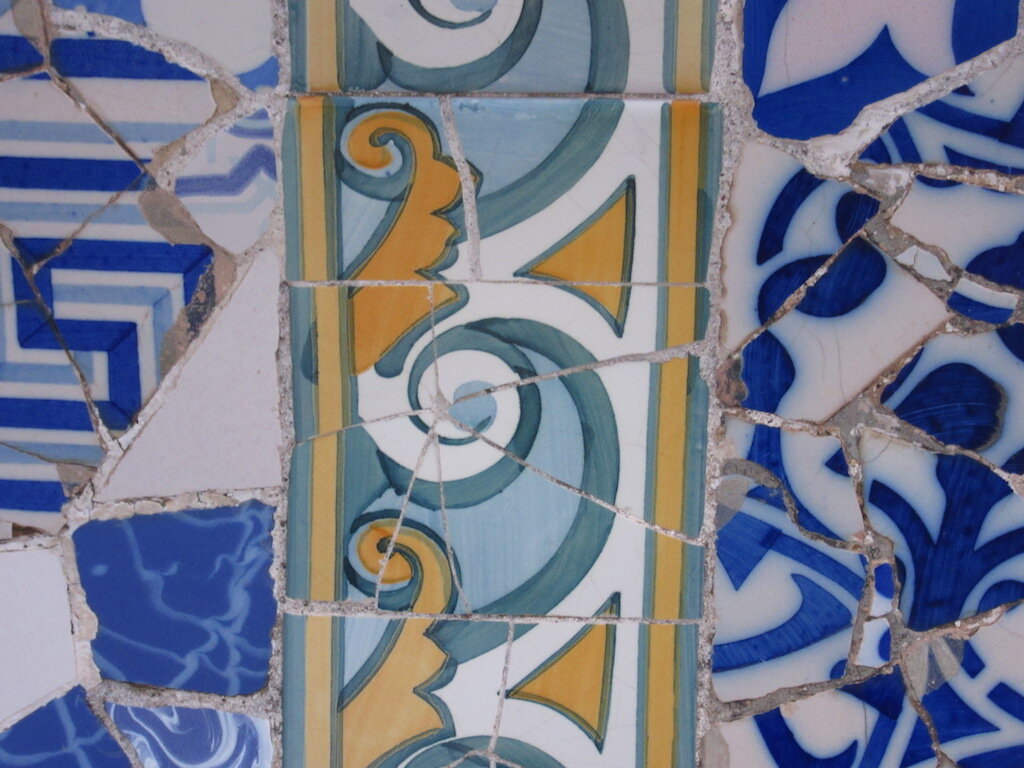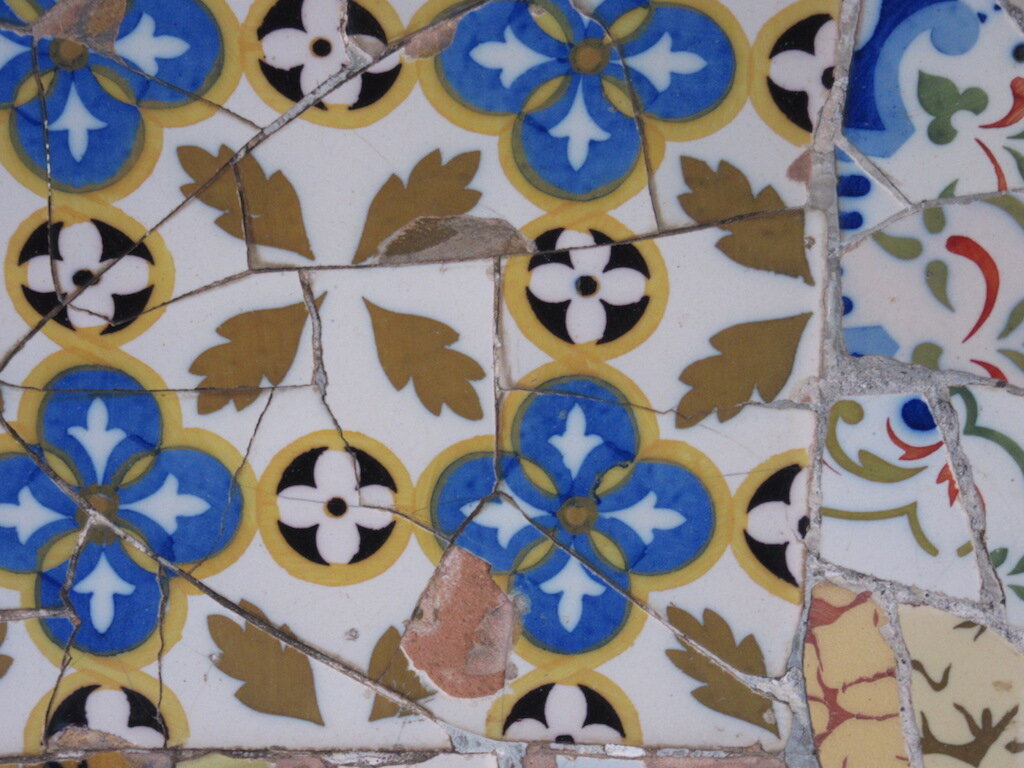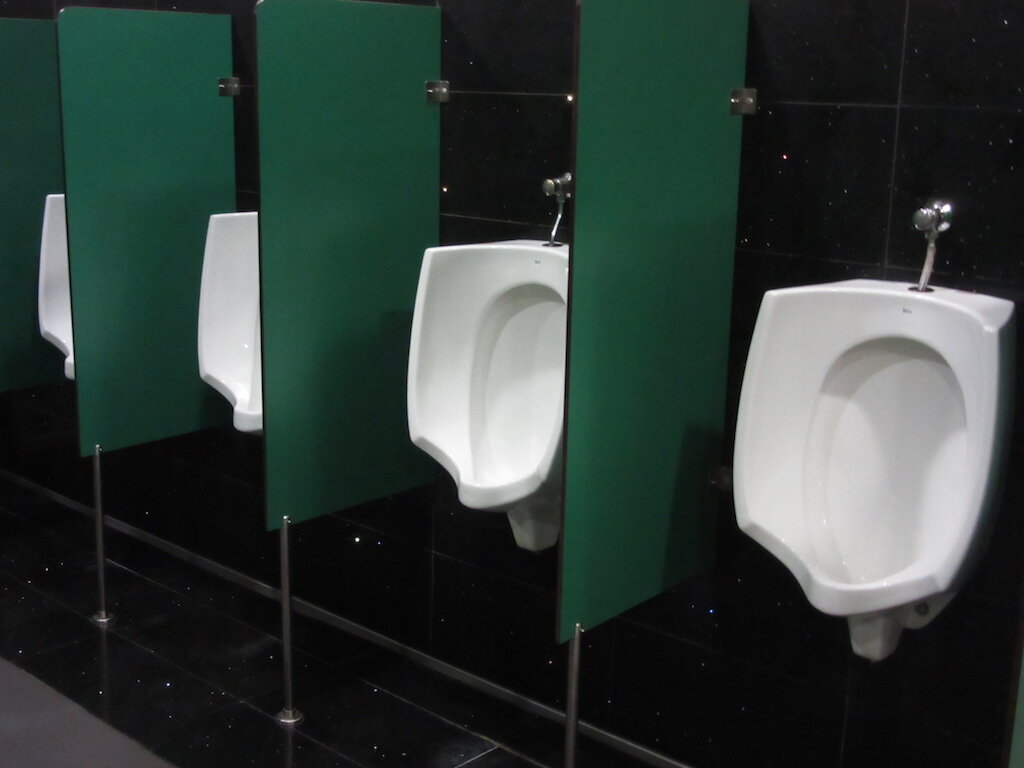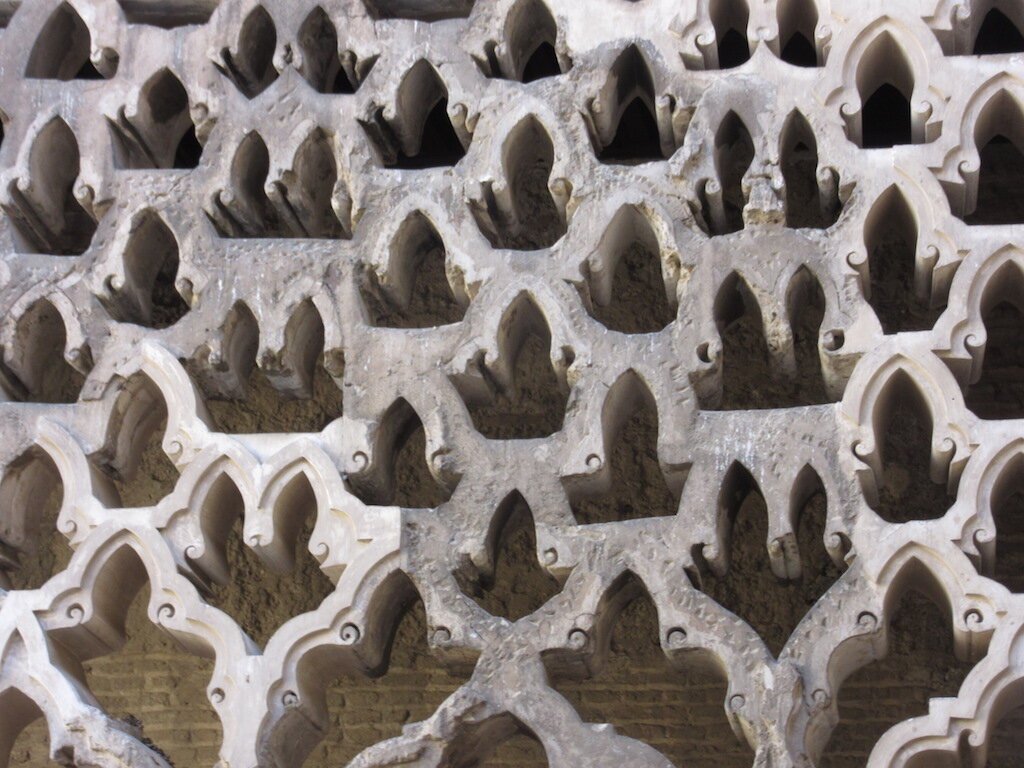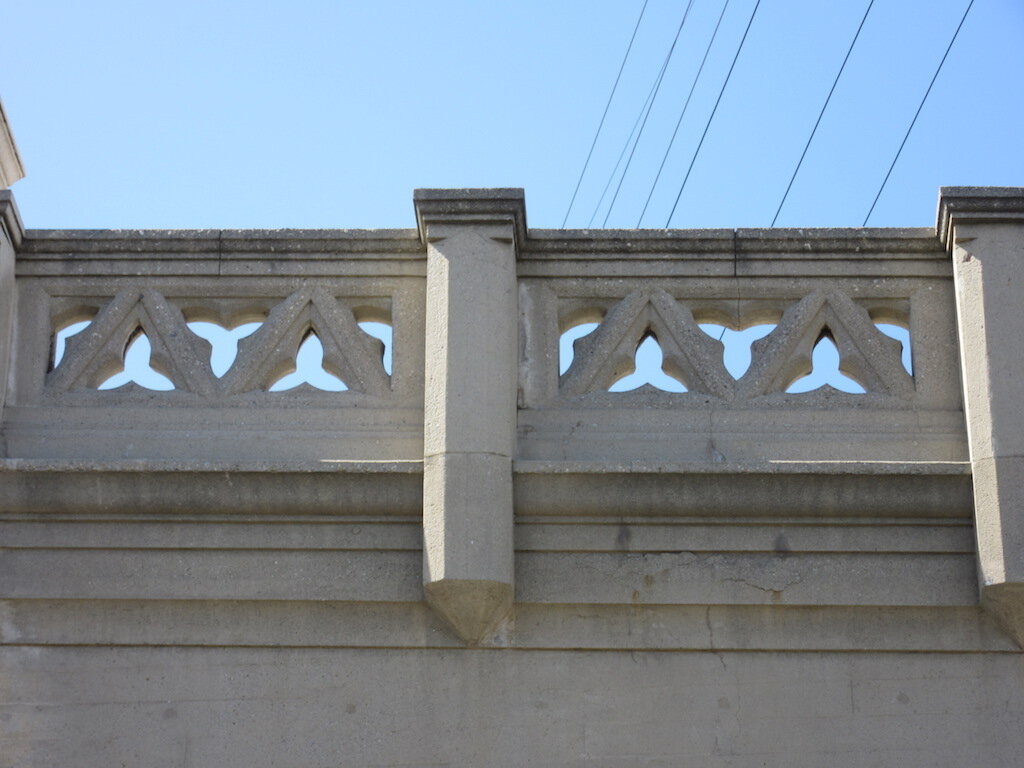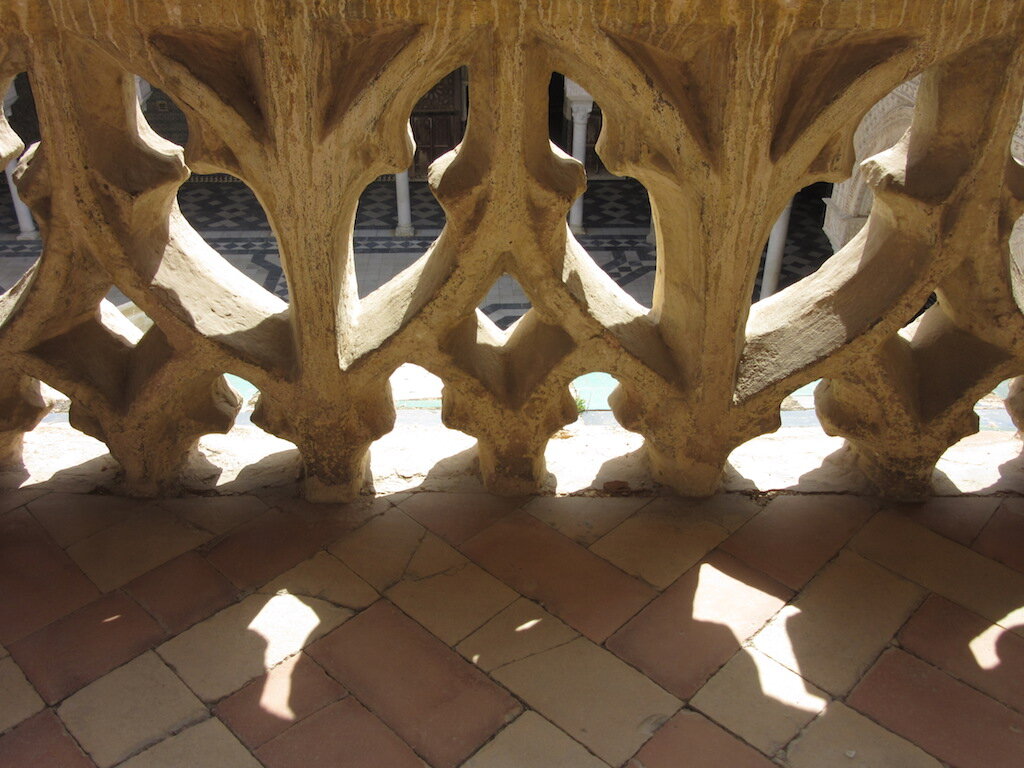Andalusia: Patterns and Pata Negra
Rob Forbes | 05-08-2015
I was recently in Andalusia, Spain spending a lot of time in Sevilla (and posting images on Instagram). This region deserves as much, as it has a rich and unique design, and a visual history that dates back to the 8th century when the Moors decided to set up shop there. They brought with them advancements in medicine, technology, arts, and many of our cultural basics like coffee, sugar, paper, and coinage.
Modern Andalusia specialties range from ubiquitous super high-speed internet (renders our US services laughable), the cleanest public bathrooms I have experienced, tasty pata negra from pigs fed mostly on acorns, commitment to public art and civic amenities despite a dreadful economy and lots more to muse on and write about beyond tapas and flamenco. But because I am a ceramics and patterns geek my photo library contains more shots of tile work than anything else from this trip.
Decorative tile, like most wallpaper, is pretty easy to enjoy and skip by. Not at the Alcázar in Sevilla. Walking the ground floor of the Alcázar is like being bulldozed by the Gods of pattern and geometry. It’s magical, hypnotic, and overbearing. And when you drill down you learn that the Islamic patterns carry deep spiritual relevance. Just a few quotes that get at the depth of their inquiry:
The geometric patterns can be equally thought of as both art and science. However, for many Muslims there is no distinction; all forms of art, the natural world, mathematics, and science are all creations of God. — Islamic geometric patterns
The origin of the word ‘cosmos’ is adornment (from which we derive the modern word ‘cosmetics’) and the adornment of sacred buildings with both floral and geometric patterns makes the viewer sensitive to the subtle harmonies uniting the natural world around us with the cosmos. — Behance
Then you go upstairs, a floor designed and built under western Renaissance influences and you see examples of the human-centric nature of the Judeo Christian world, and some paganism. Cherubs and goats replace geometry. The pattern is integrated but not dominant. Personality, humor, eroticism are at play. Spiritual messages take a rear seat to humanism.
Across town at the Casa de Pilatos similar elements are at work in the tile from this same period where medieval themes of heraldry are literally embedded in the Islamic patterned universe. Books have been written on this work and this place, and if you go to Sevilla the Casa de Pilatos should be your first stop.
I took a brief trip to Barcelona to revisit Antonio Gaudi’s work. He is anything but Andalusian. But I had forgotten how personally and creatively he both rips apart and pays homage to these earlier tile traditions in his Guell Park.
A few shots from our modern world. As an admirer of porcelain, I keep an eye out for the finer urinals in the world, and Andalusia sets a high bar. These are from train stations and other public facilities.
Closing the loop to our modern world, I was just in LA and spotted this “decorative” bridge (CENTER SHOT). The patterns were so obviously taken from those found throughout Andalusia, like those from the Alcázar and Casa de Pilatos, just as the town I grew up next to in LA, Alhambra, takes its name from the magical city in Granada that Washington Irving (remember him?) brought attention to in the early 19th century with Tales of the Alhambra.
